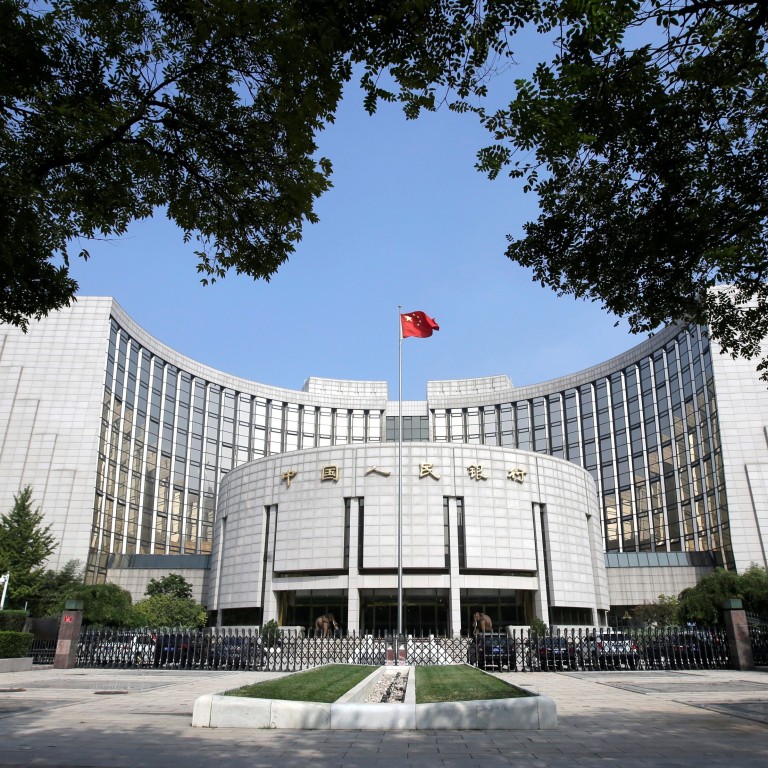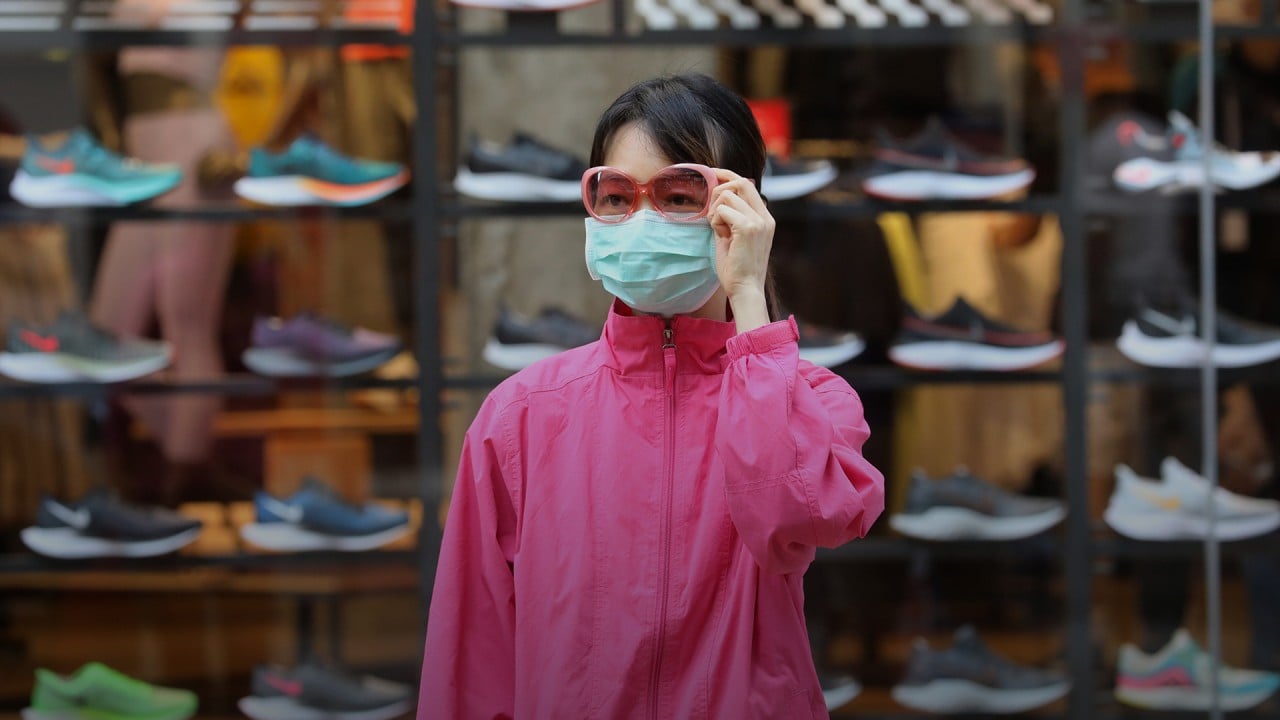
Zero interest rates, heavy debt will be new normal in coronavirus recovery
- The lessons learned from the 2008 global financial crisis suggest shutting off the liquidity tap could prove more challenging than opening it
- Ultra-accommodative monetary policy is here to stay, with central banks also engaging in riskier asset purchases and even negative interest rates
This has manifested in a rapid expansion of central bank balance sheets that contain a wider variety of assets, monetising fiscal deficit, which allows governments to target liquidity injections, and a more audacious intervention in market forces that enables central banks to not just set the price of money but also influence the value of credit, equities and other risky assets.
Central banks have defended these actions as necessary responses to the unprecedented economic shock and vow to withdraw them once the crisis is over. Just like the quantitative easing enacted after the 2008 global financial crisis, though, shutting off the liquidity tap could prove more challenging than opening it, for several reasons.
First, the global economy remains in the doldrums despite the recent improvement in sequential growth. While the current exit from economic lockdown will spur a mechanical rebound in the second half of this year, most economies will not revert to their pre-crisis levels until well into 2021.

01:50
US surpasses 3 million coronavirus cases, as White House pushes to reopen schools
Second, the inflation outlook is just as murky. Monetarists posit that “inflation is always and everywhere a monetary phenomenon” and could therefore be rightly concerned about the current policy laxity’s consequences for inflation. In reality, however, such concerns were unfounded in the decade of near-zero interest rates and swollen central bank balance sheets after the global financial crisis.
With a mountain of debt, even a small increase in interest rates could derail the global economy’s fragile recovery. Knowing the danger of premature policy withdrawal, few central banks will be willing to risk an economic double dip in the pursuit of policy normalisation.
The world needs a new Marshall Plan, not lower interest rates
In short, it’s highly likely that ultra-accommodative monetary policy is here to stay. Not only are policy rates likely to be nailed to the floor for the foreseeable future, more innovative tools – such as riskier asset purchases, yield-curve controls and even negative interest rates – could be introduced if the current stimulus is insufficient to keep the economy afloat.

05:55
What if Covid-19 is here to stay? Why we may need to prepare for the coronavirus becoming endemic
This could make the lives of those who have fixed-return liabilities more difficult, but benefit those who lean toward assets that generate constant cash flows, which will be discounted at low or even negative real interest rates. A fundamental change in how investors view, price and allocate risks will be needed as the world moves toward Japanese-style zero interest rates.
Aidan Yao is senior emerging Asia economist at AXA Investment Managers

